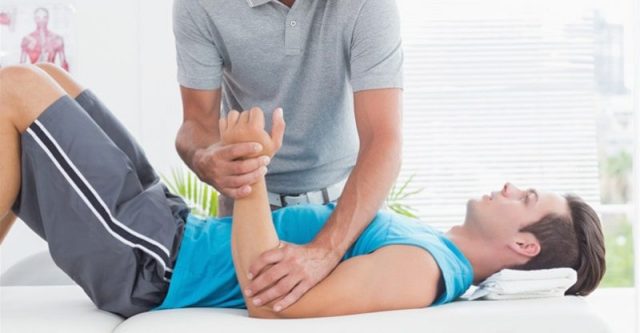Managing Chronic Pain from Orthopedic Conditions
If you’re dealing with long-term pain due to orthopedic issues, treatments like massage therapy can be highly effective. However, it’s important to have a trained professional perform these massages, as some techniques may not be suitable for certain conditions.
A skilled healthcare provider with experience in orthopedic care can help determine if massage therapy is safe and helpful for your situation. Below, we’ll explore how massage therapy helps with chronic pain and what other treatments can enhance its benefits.
Benefits of Massage Therapy for Chronic Pain
Better Blood Flow & Pain Relief
Massage improves circulation, delivering more oxygen and nutrients to sore areas. This speeds up healing and eases pain. It also triggers the release of endorphins—your body’s natural painkillers—while relaxing tight muscles that often contribute to chronic pain.
Less Inflammation
Swelling in tissues can limit movement and worsen pain. Massage techniques like lymphatic drainage or myofascial release help reduce inflammation, improve mobility, and relieve discomfort. Your provider can recommend the best methods for your needs.
Greater Flexibility & Movement
Orthopedic problems often restrict motion, leading to more pain. Massage therapy, including stretching and joint mobilization, can restore flexibility and range of motion, reducing pain and improving daily function.
Lower Stress & Better Mood
Chronic pain often increases stress, affecting mental health. Massage activates the body’s relaxation response, easing tension and improving emotional well-being. A calm mind plays a key role in managing pain effectively.
Combining Massage with Other Treatments
Massage therapy works best when paired with other approaches, such as:
- Physical therapy
- Medication (if needed)
- Surgical options (in severe cases)
For some people, massage alone may be enough. But it’s best to consult a healthcare provider or licensed therapist to create a personalized plan.






























